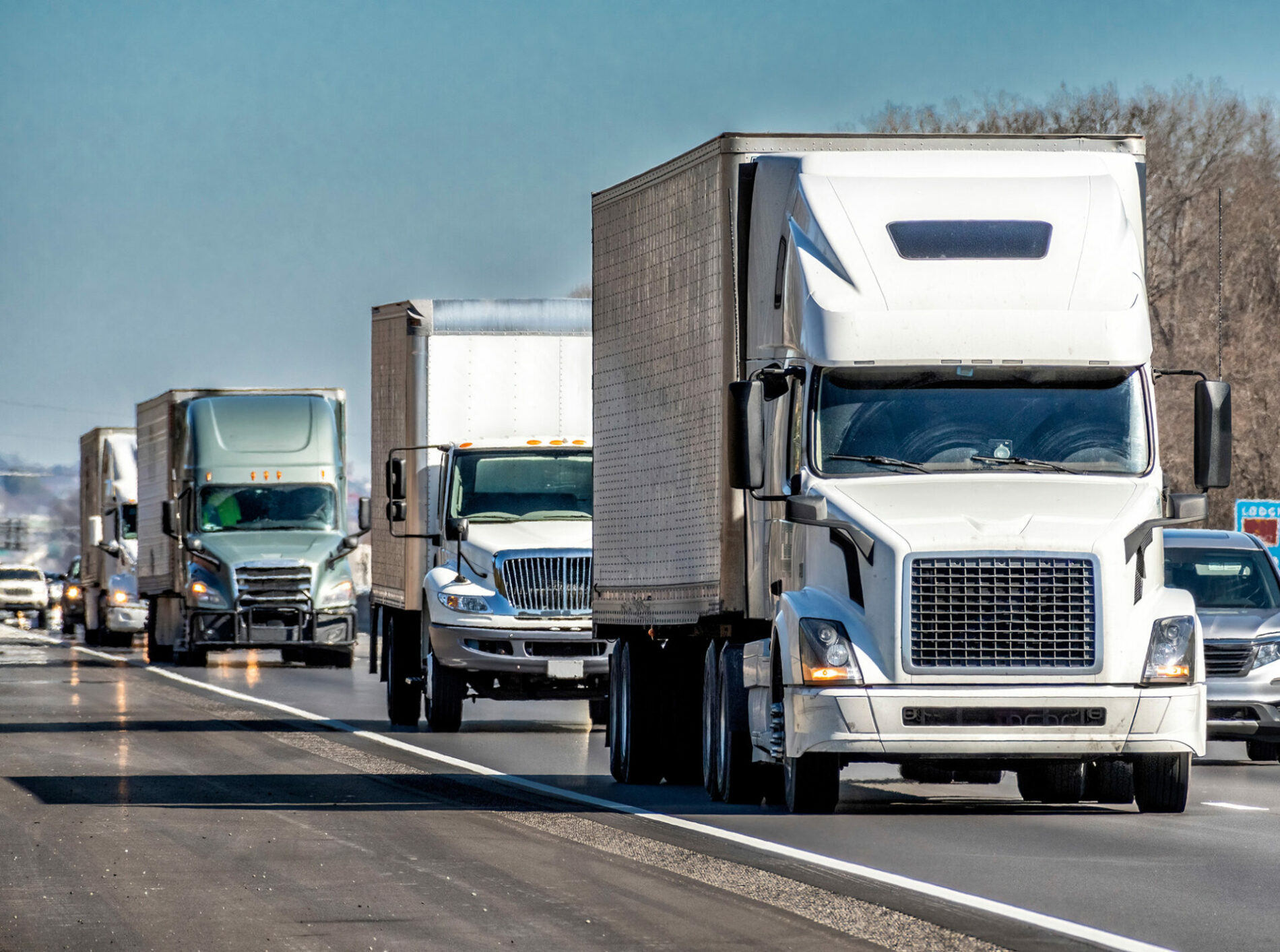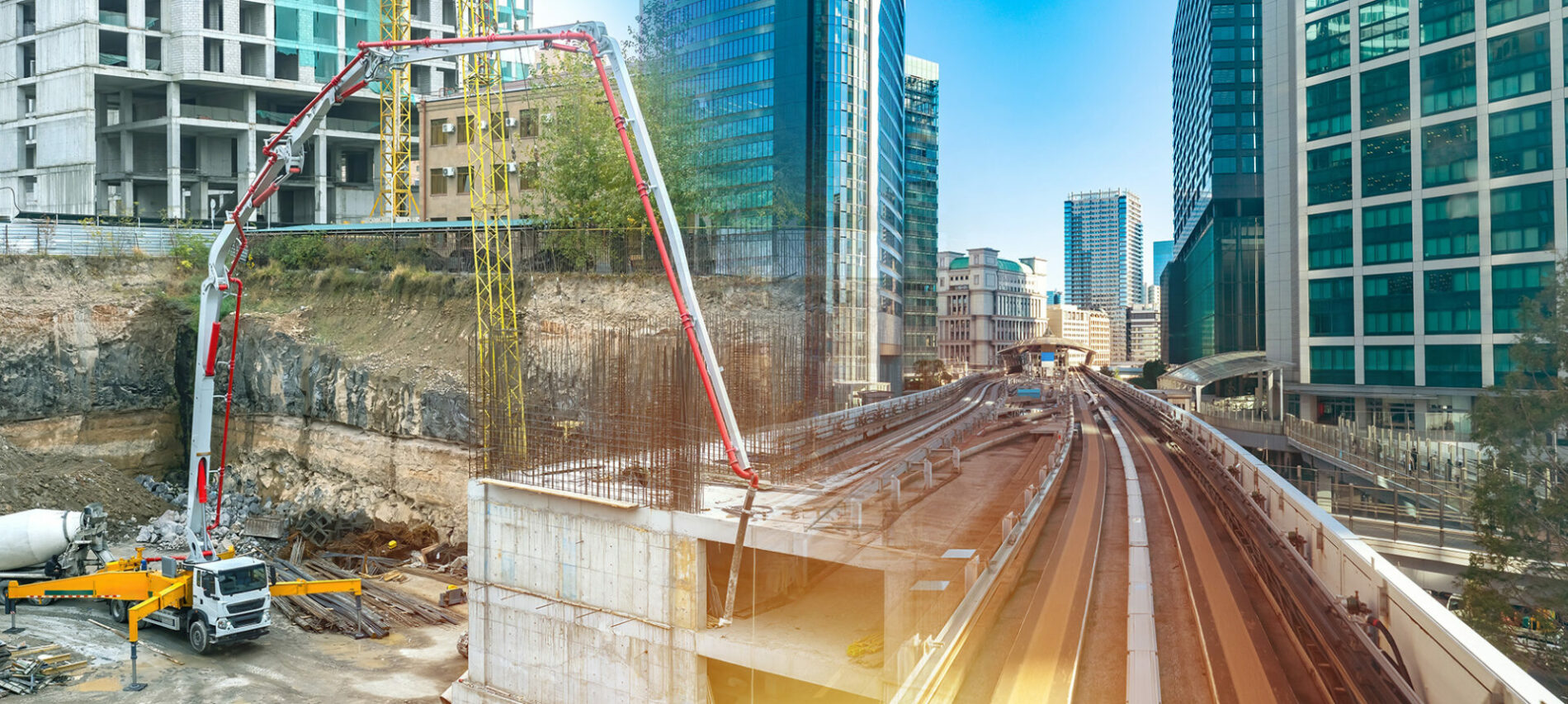The global community that we live in today is one that relies heavily on the communication and transportation sectors. As we are no longer confined to living and working in one location, our need to move things around has grown exponentially. While energy is the single biggest contributor of carbon emissions on the planet, it is not a total outlier. Transport makes up a not inconsiderable 15% of the total emissions around the world. The Environmental Protection Agency defines these emissions as such: “Greenhouse gas emissions from this sector primarily involve fossil fuels burned for road, rail, air, and marine transportation. Almost all (95%) of the world’s transportation energy comes from petroleum-based fuels, largely gasoline and diesel.” If we drill down into the data further, we also see that light-duty vehicles such as cars and busses make up an enormous 57% of the damage being done by transport.

With this in mind, questions need to be raised about the ongoing negative effects of our vehicles. The move to EV is not happening at the rate that had been hoped and, in addition to that, concerns are still circulating about the carbon emissions generated through the production of these vehicles. According to the EPA, however, new standards that have been introduced will see a significant impact on the amount of carbon emissions generated through the transportation sector. “The final rule builds upon EPA’s final standards for federal greenhouse gas emissions standards for passenger cars and light trucks for model years 2023 through 2026 and leverages advances in clean car technology to unlock benefits to Americans ranging from improving public health through reducing smog- and soot-forming pollution from vehicles, to reducing climate pollution, to saving drivers money through reduced fuel and maintenance costs.”
While much is said about the environmental effects of vehicles around the world, there is another aspect of our transport systems which can go unnoticed. It would be disingenuous to point the finger solely at the cars and truck on our roads without looking into the effects of these roads, highways and bridges themselves are having on the environment. Though undoubtedly, transportation infrastructure is a vital element in a modern society, can we simply ignore the cost of maintaining these networks? According to Federal Highway Administrator Shailen Bhatt, transportation projects such as road and bridge building can often carry a massive carbon impact and while much is being done to offset this, success can be challenging. “We often talk about the amount of GHG that is produced by our transportation system, but our construction system produces a lot of GHG as well. In fact, almost 10% of GHG worldwide is produced by the construction sector. And so for us to be able to introduce low-carbon materials that perform at the same level as regular materials is a huge opportunity,”
When it comes to these sorts of discussions, blame can be passed from sector to sector with nobody willing to drive a project forward. For instance, is this a transport issue or a construction one? Thankfully, common sense is prevailing. The Federal Highway Administration announced $2 billion available to fund low carbon materials that create less pollution. Within this funding, $1.2 billion is available through the Low Carbon Transportation Materials (LCTM) According to FHWA, this funding will ensure an efficient and high-quality response to ensure projects can commence quickly. “This approach will allow FHWA to quickly provide reimbursement or incentive funds to states to begin eligible activities and incorporate low carbon materials on construction projects now.”
“This approach will allow FHWA to quickly provide reimbursement or incentive funds to states to begin eligible activities and incorporate low carbon materials on construction projects now.”

It is expected that this program will see huge interest. FHWA anticipates at least $22 million will be made available to each State DOT that addresses the eligible application factors and subfactors outlined. Remaining funds available from the pool of $1.2 billion will be distributed equally among State DOTs that submit acceptable applications, not to exceed the amount requested in the State DOT’s application. Encouragingly, FHWA does not have a limit on maximum award size.
It must be noted that this initial funding is for State applicants. Further funding is to be made in the near future for non-state applicants such as metropolitan planning organizations, local governments and agencies. As part of the drive to lower the emissions across the transport network, the US DOT recently announced $800 million in funding to support the transition to Low Carbon Transport Materials in this regard. “As the Biden-Harris Administration works to modernize our nation’s transportation systems, we’re also making sure to use cleaner construction materials that reduce carbon pollution,” said U.S. Transportation Secretary Pete Buttigieg. “With today’s announcement, we’re broadening these efforts so more key stakeholders in the transportation sector have the funding they need to build a cleaner future.”
This funding is a significant step to reducing carbon emissions. However, it must be clear that this funding is for research into the development of materials only. FHWA emphasizes that this program aims to source new materials for use in the transport infrastructure sector. “In addition to funding the use of cleaner construction materials that reduce pollution and carbon emissions for transportation projects, the program will provide resources for agencies to implement processes and coordinate with industry to quantify the emissions of construction materials. That information will allow substantially lower carbon materials to be identified by comparing emissions to established thresholds.”
The true benefit of this program will be seen if and when these new materials are implemented in real world situations. It is vital that the USDOT and FHWA use the resulting innovations as a steppingstone to change legislation around permitted construction materials for transportation projects. By identifying low-carbon alternatives to traditional construction materials, a solution may be on the horizon. However, like our road networks, this is only step one in a journey which may well have a number of twists and turns ahead of it.


















